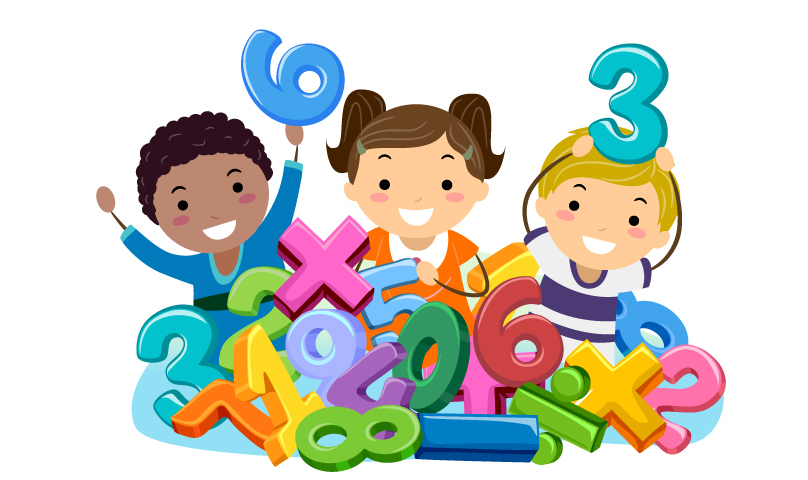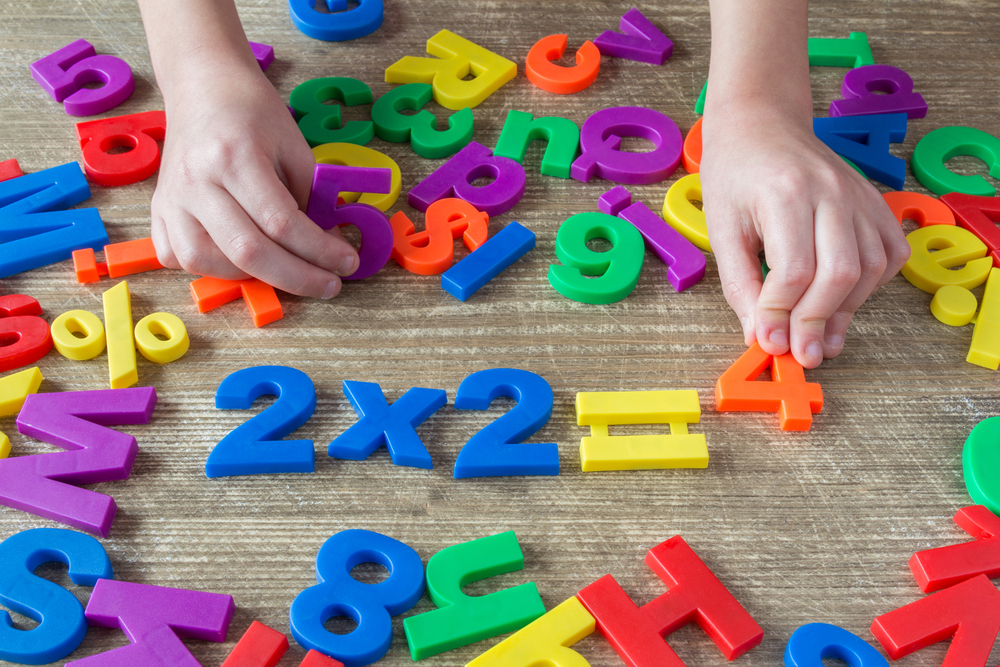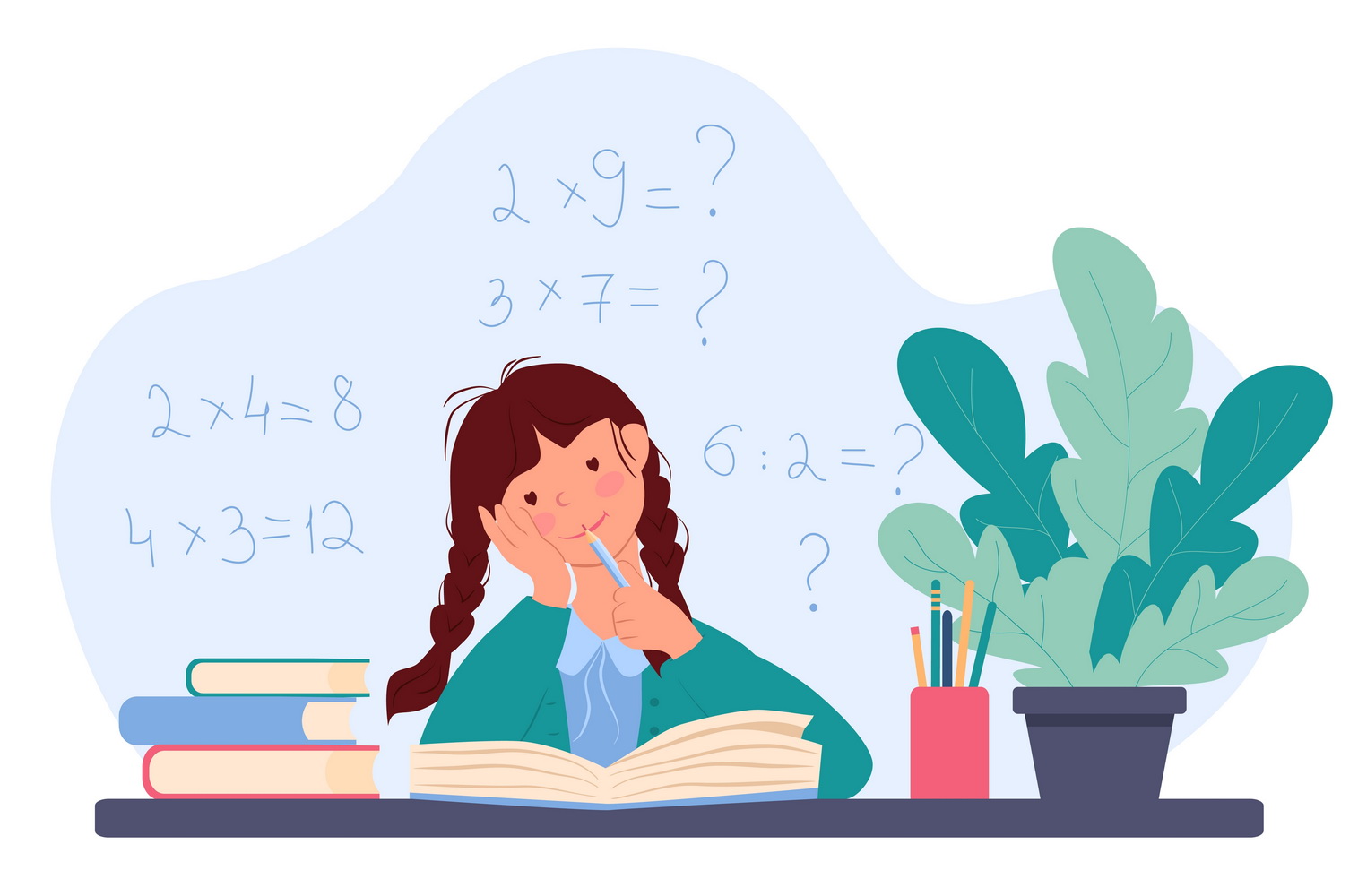Multiplication practice Normal Arrays Worksheets for Ages 4-8
3 filtered results
-
From - To
Explore our engaging Multiplication Practice Normal Arrays Worksheets designed for children ages 4 to 8! These worksheets introduce young learners to the concepts of multiplication using visual arrays, making math fun and accessible. Each activity encourages students to connect numbers with visual representations, fostering their understanding of multiplication in a hands-on way. Our carefully crafted worksheets cater to different skill levels, ensuring that every child can practice and master essential multiplication skills at their own pace. Perfect for homework, learning centers, or extra practice at home, these resources will help your child build a strong foundation in mathematics through enjoyable learning experiences.
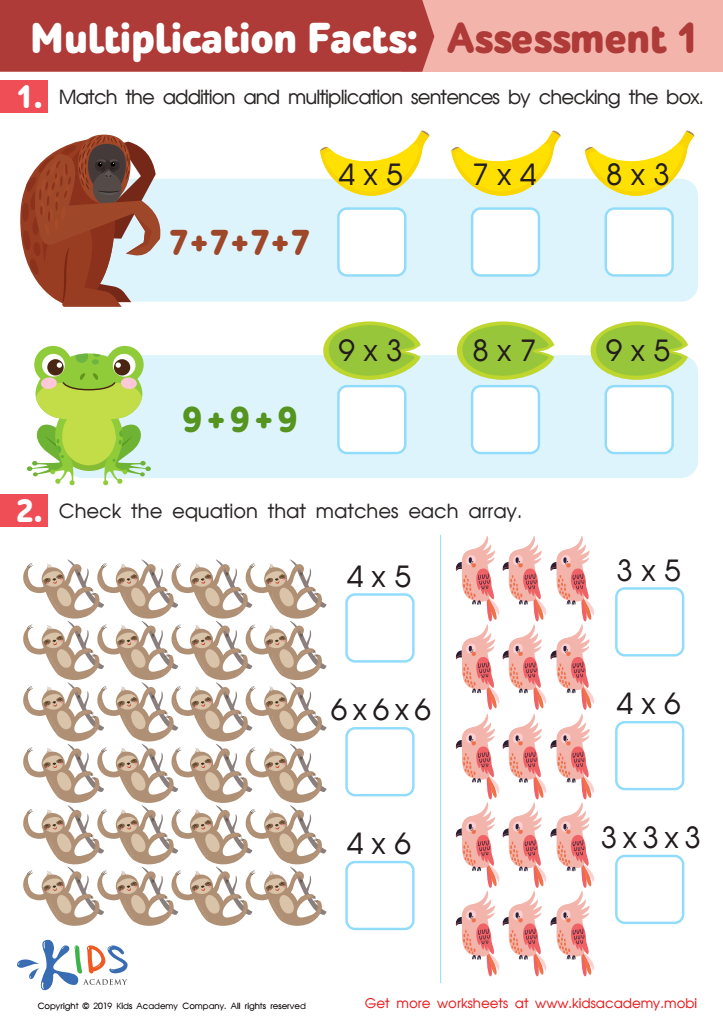

Multiplication Facts: Assessment 1 Worksheet


Arrays and Equations Worksheet
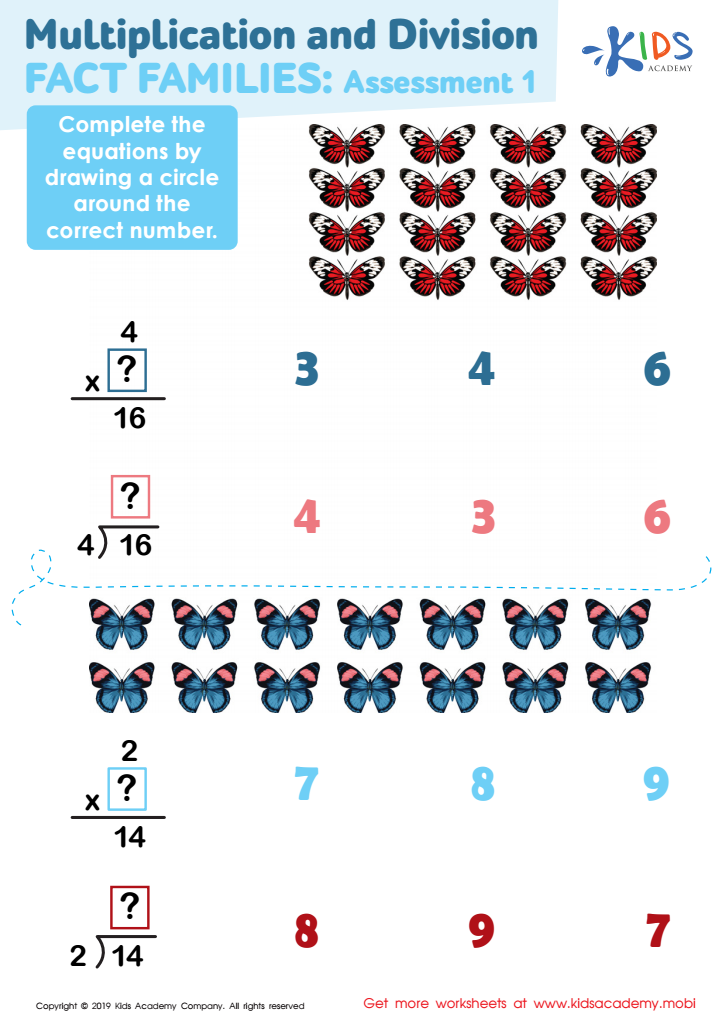

Multiplication and Division Fact Families Assessment 1 Worksheet
Multiplication practice using Normal Arrays is particularly beneficial for children aged 4-8 as it fosters a strong foundation in mathematics. Young learners are naturally receptive to visual aids, and Normal Arrays leverage this by providing a structured way to represent multiplication concepts through grids or array visuals. This approach allows children to visually break down multiplication into manageable parts, making the process less intimidating and more intuitive.
Parents and teachers should care about this method because it promotes not only fluency in multiplication but also enhances critical thinking and problem-solving skills. Engaging with Normal Arrays helps children understand the relational concept of multiplication as repeated addition, fostering deeper comprehension.
Moreover, mastering multiplication in early grades is crucial for future mathematical success. It lays the groundwork for advanced topics in mathematics, such as fractions and algebra, which rely heavily on multiplication concepts. By focusing on Normal Arrays, educators can provide a supportive learning environment that encourages exploration, curiosity, and collaboration.
Additionally, consistent practice through varied activities helps embed these skills, making math feel approachable and fun. This foundation can instill a lifelong appreciation for mathematics, empowering children to tackle more complex mathematical challenges in their future studies.
 Assign to My Students
Assign to My Students


